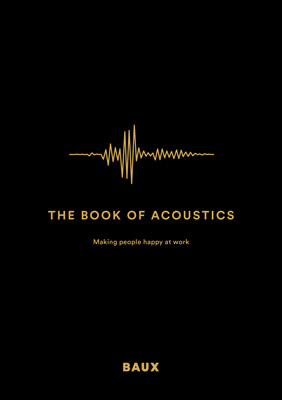6.0 The history of Acoustics
6.0 The history of Acoustics
The past and the future of acoustic treatment
Acoustic
/əˈko͞ostik/ /əˈkustɪk/ Derived from the Greek word κουστικός (akoustikos), meaning “pertaining to hearing,” or “ready to hear.”
The Oxford dictionary defines it as:
1) The properties or qualities of room or building that determine how sound is transmitted in it.
2) The branch of physics concerned with the properties of sound.

2.5 million years ago to 1,200 BC
Hunters seeking to teach new generations of their tribe about hunting tactics realise that the circular layout is most optimal for enabling everyone to adequately hear their message.
4th century BC
The Greek amphitheater at Epidaurus is built with a sophisticated acoustics filter that can carry voices and instruments with amazing clarity all the way to the back row. The theatre continues to be an acoustic marvel up to this day.
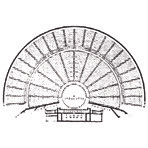

20 BC
Roman architect and engineer Vitruvius writes about interference, echos and reverberation in a treatise on the acoustic properties of theatres.
973-1048 AD
During the Islamic Golden age, scholar and scientist Abū Rayhān al-Bīrūnī postulates that the speed of sound is much slower than the speed of light.


1564-1642
Italian astronomer, physicist and engineer Galileo Galilei and French polymath Marin Mersenne independently discover the complete laws of vibrating strings. Galileo writes, ”Waves are produced by the vibrations of a sonorous body, which spread through the air, bringing to the tympanum of the ear a stimulus which the mind interprets as sound.”
1630-1680
Experimental measurements of the speed of sound moving through air are successfully carried out by Marin Mersenne and others.


1642–1727
English mathematician Sir Issac Newton derives the relationship for wave velocity in solids.
1877
The British scientist Lord Rayleigh publishes The Theory of Sound which examines questions about sound vibrations and the resonance of elastic solids and gases. A monumental work that is still highly revered in the field of acoustics today.
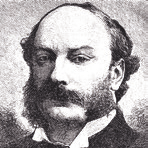
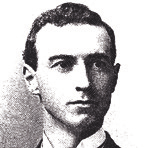
1892
The Cabot’s Quilt, one of the earliest acoustical tiles, is made out of eelgrass wrapped in paper.
1892
The Cabot’s Quilt, one of the earliest acoustical tiles, is made out of eelgrass wrapped in paper.


1911
Wallace Clement Sabine develops the Rumford Tile, a mixture of clay, peat, and feldspar which yields a porous clay matrix when baked.
1920s
Development accelerates and a variety of new acoustic materials and systems enter the scene. New materials used for treatment include wood, asbestos fibres, mineral wool, cork, gypsum, sugarcane and cement. New systems are put into use such as felt-and-membrane and board-and-tile systems.
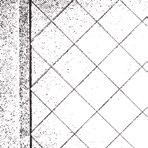
Today
Today in the 21st century, the field of acoustics continues to evolve with increasingly advanced measurement and modelling techniques and an ever expanding variety of treatment types, shapes and materials.
The future of acoustics
Progress in the field of acoustics today is largely shaped by the ongoing digital transformation. In the coming years, we can expect to see everything from more accurate measurement and prediction software to the use of AR and VR in auditory simulation and a new generation of advanced acoustic materials.
What developments can we expect to see in the future?
Dr Luis Gomez-Agustina:
”There is a strong drive to develop meta materials designed to provide acoustic properties and benefits that conventionally designed materials cannot offer.”
Dan Bosnyak:
”I’m excited about variable acoustics… when you think about the potential of taking one room and giving it completely different purposes, or making a room that’s really intended for conferences or presentations also passable for musical performance, then you’ve just created two rooms out of one.”
Tine Wagenmann:
”In the future, acoustics will become even more important because people are becoming more and more aware of how it affects wellbeing.”
Andrew Carballeira:
”In the future I think we can expect to see some of the knowledge once explicit to the acoustics trade become devolved into software and AI tools that can guide designers on commonplace everyday questions.”
